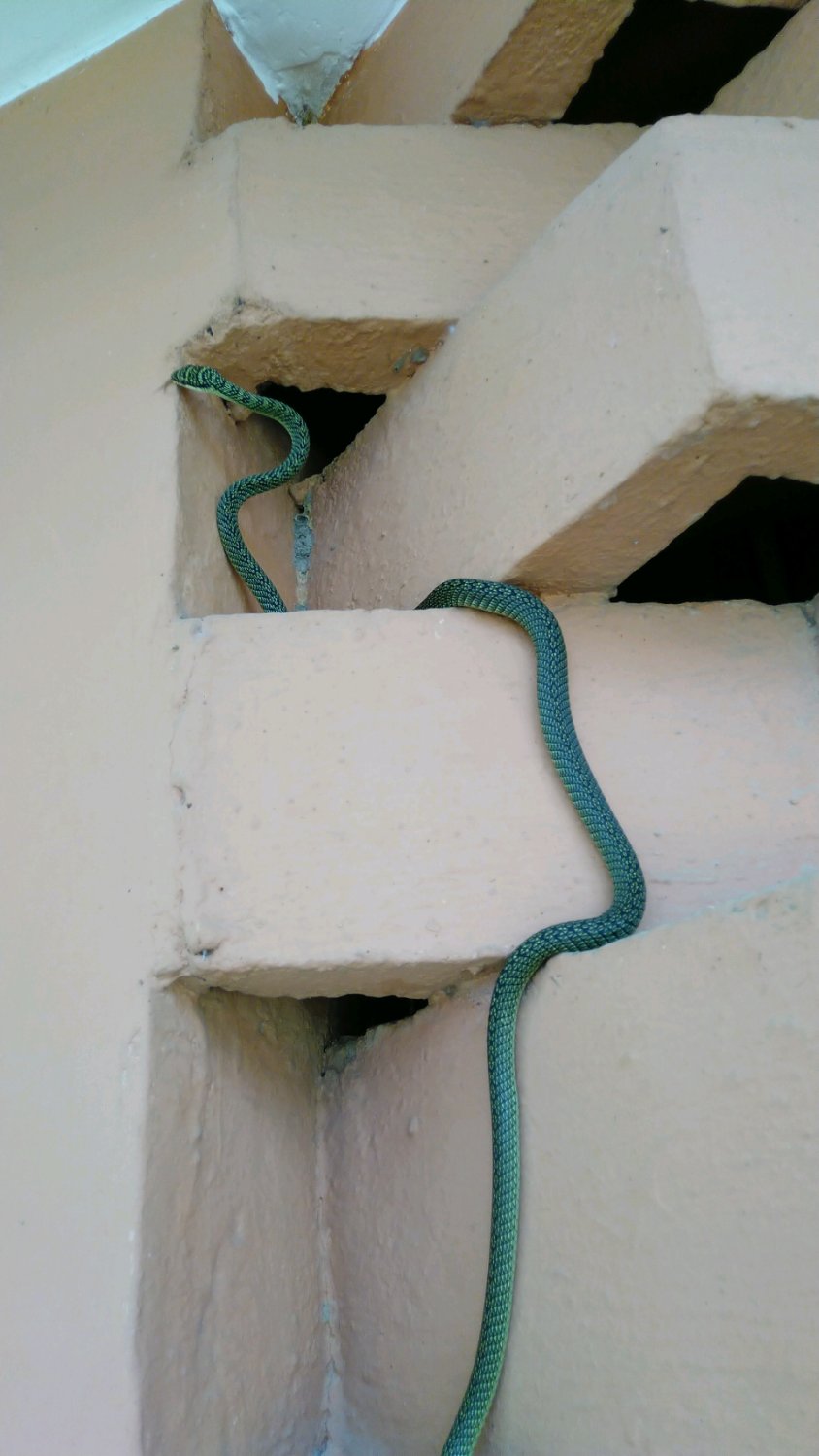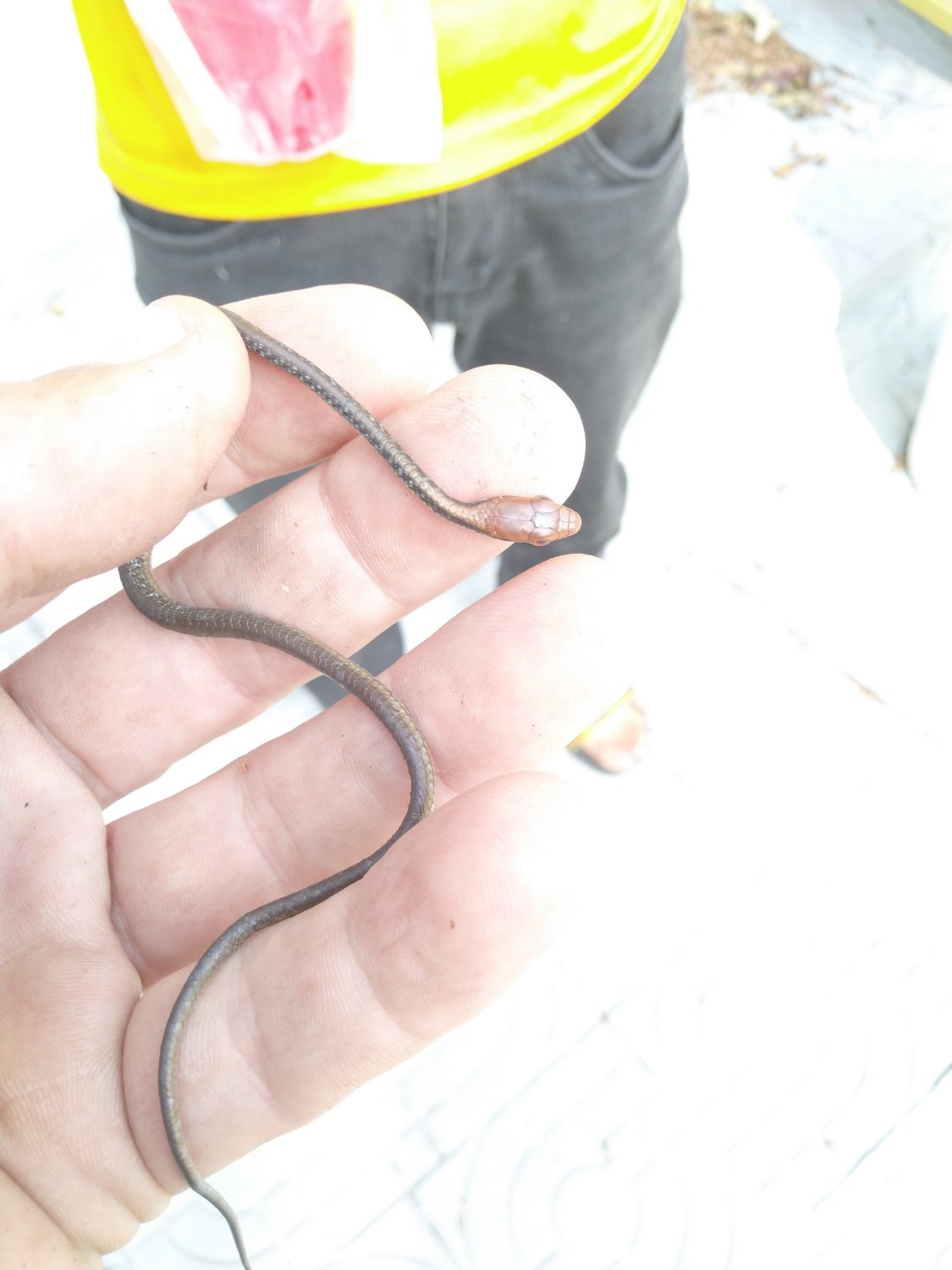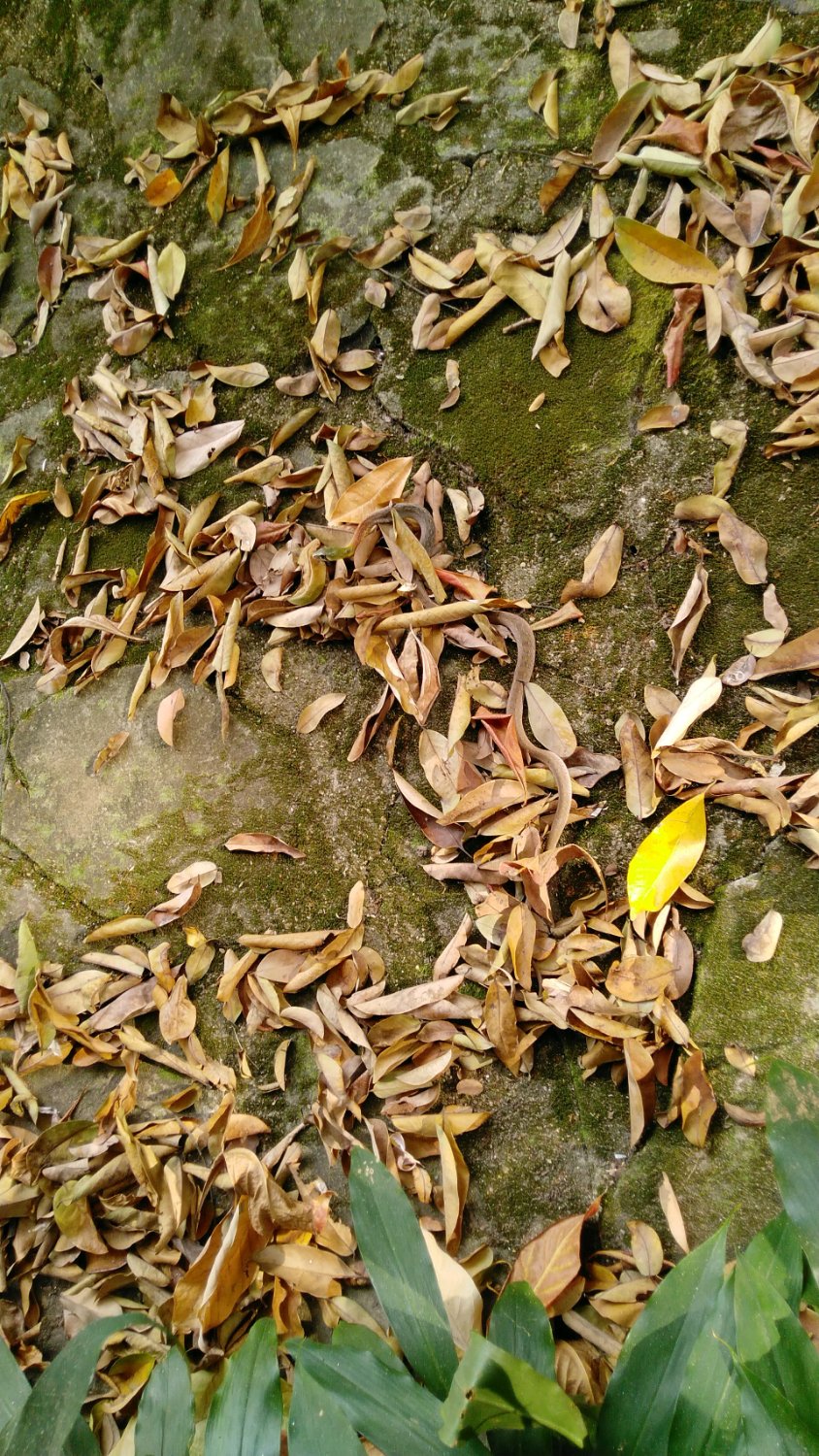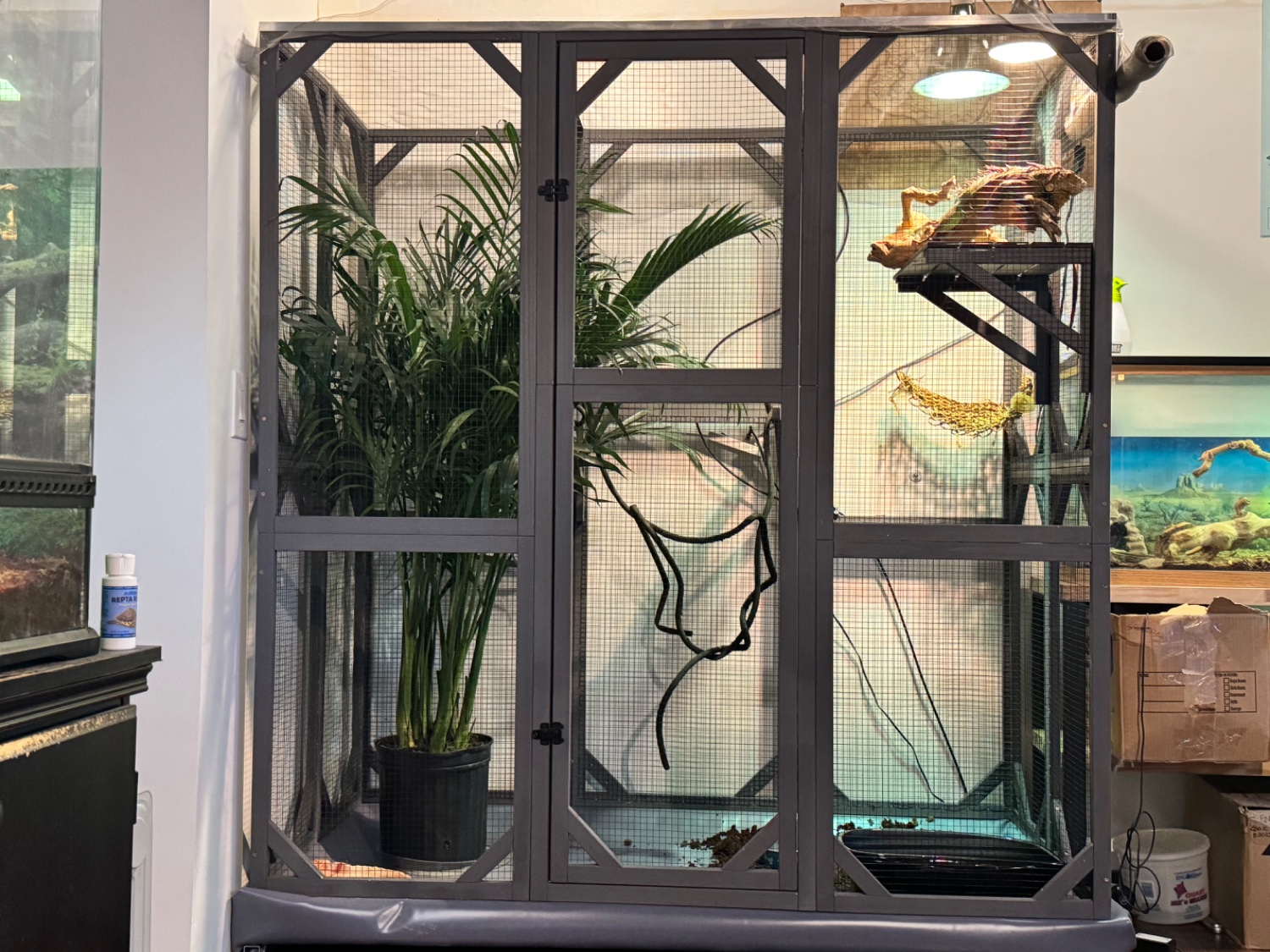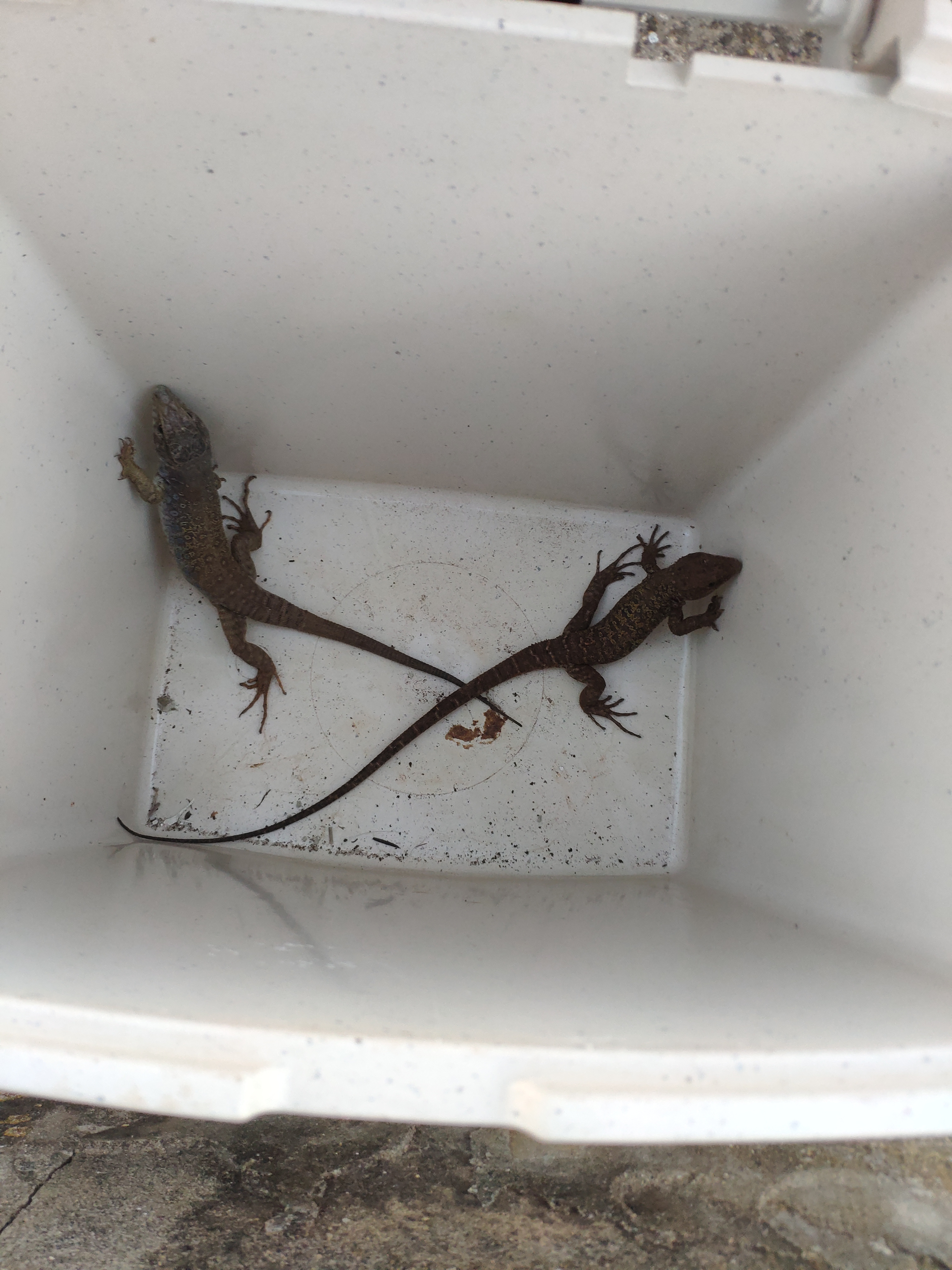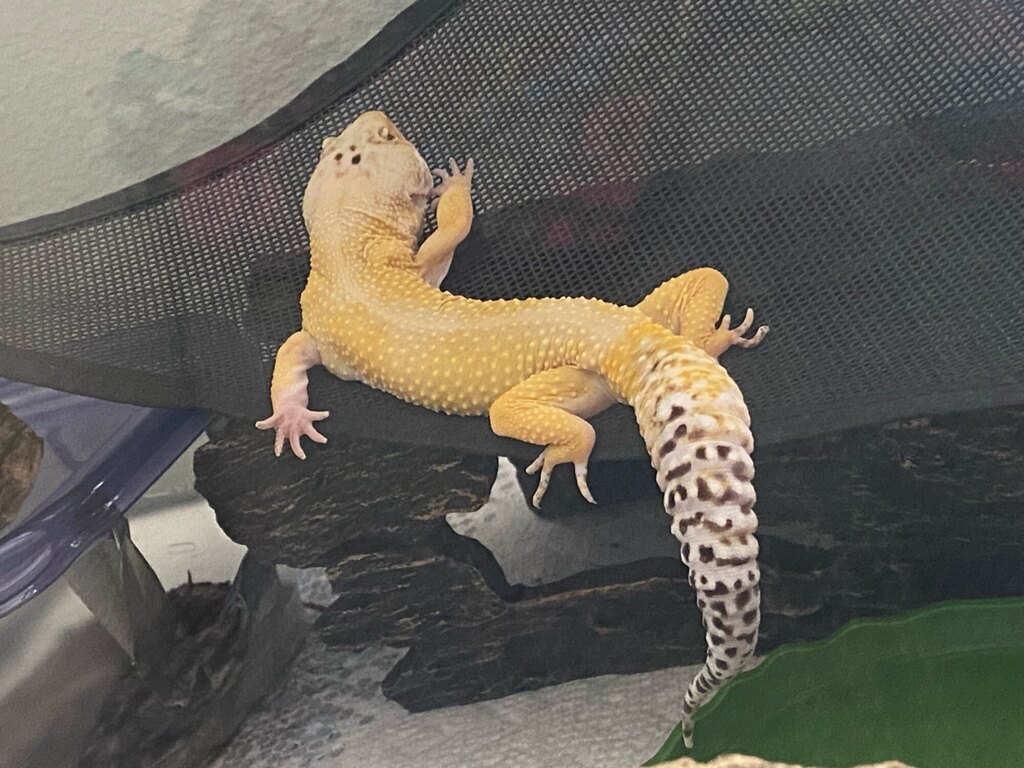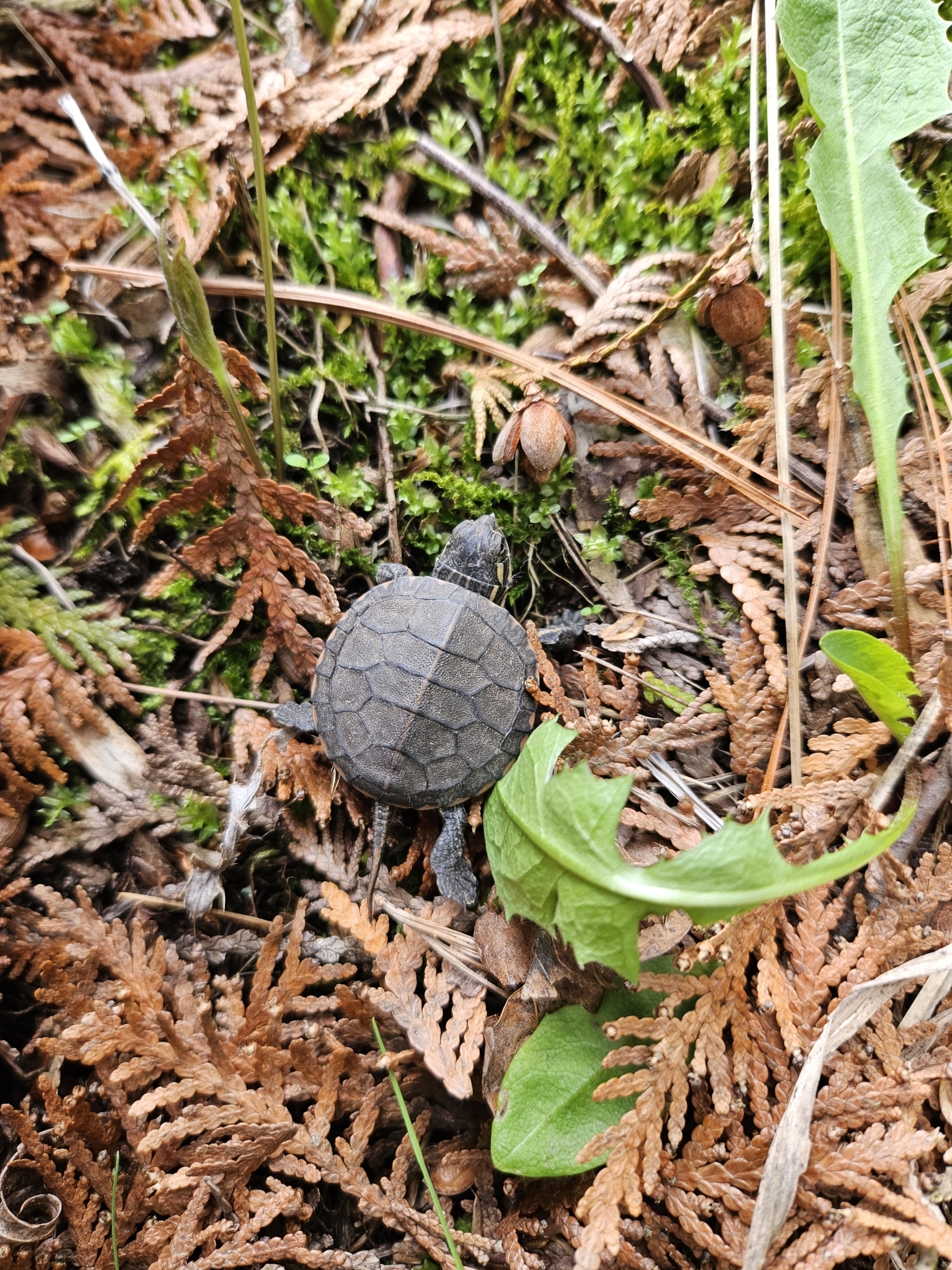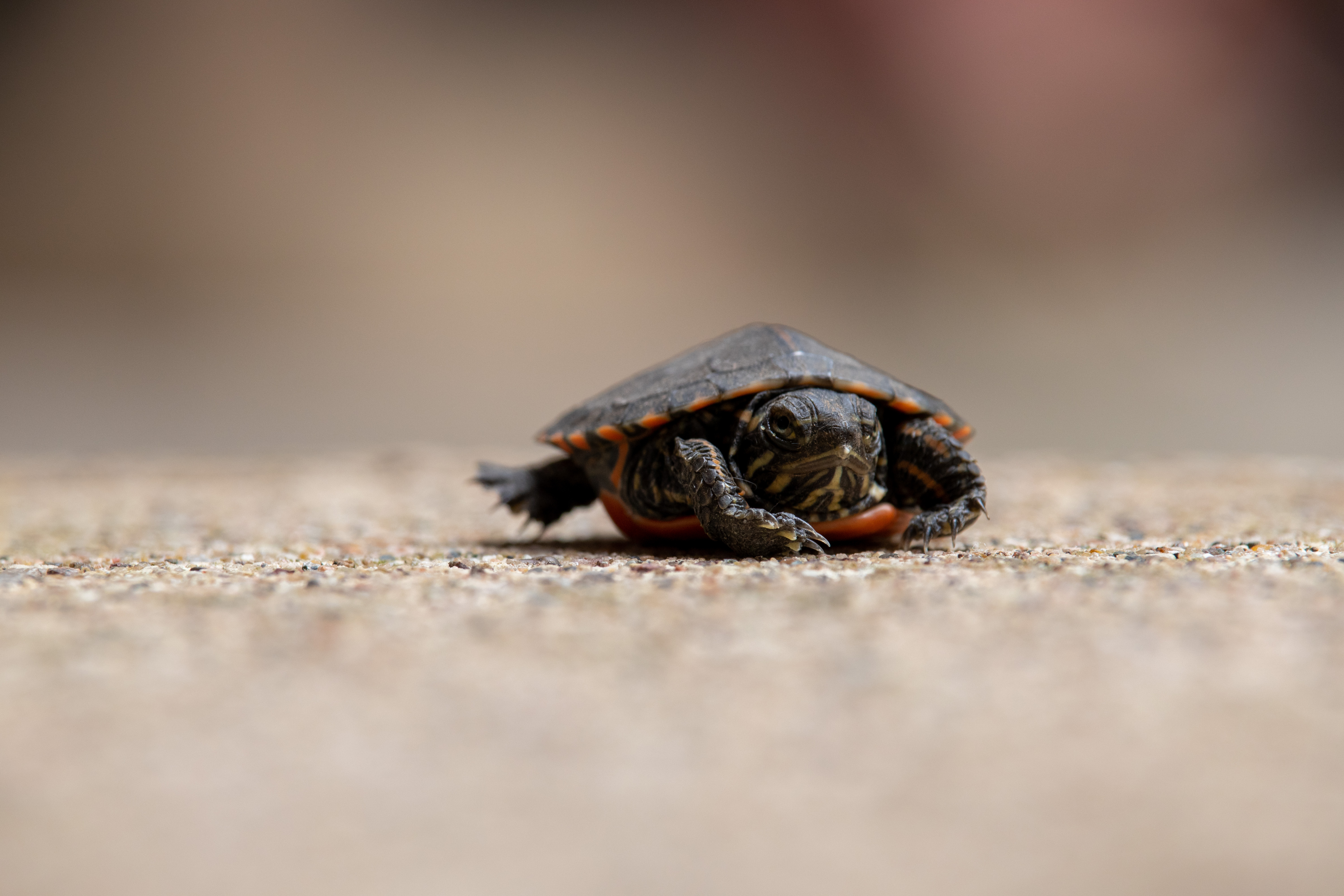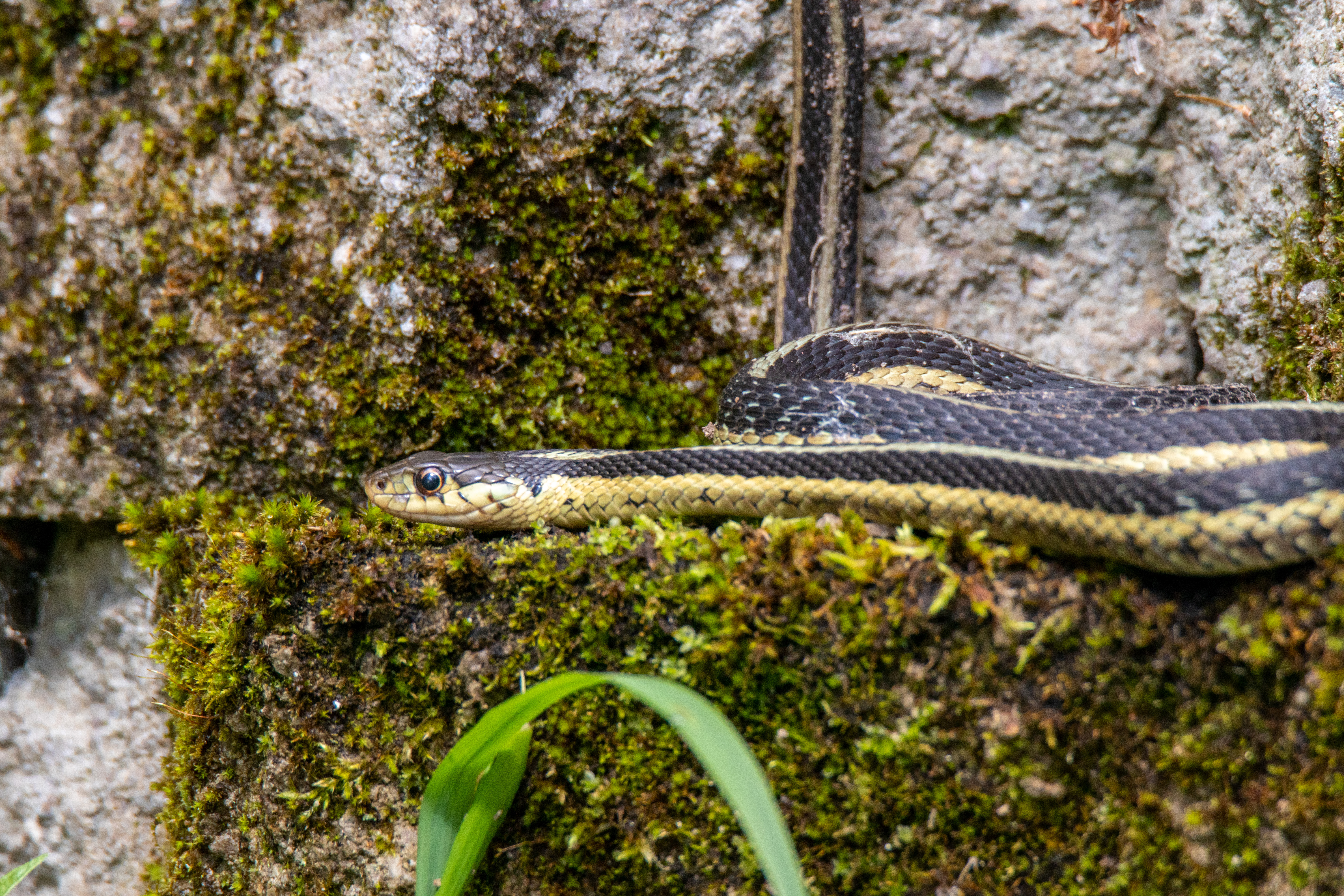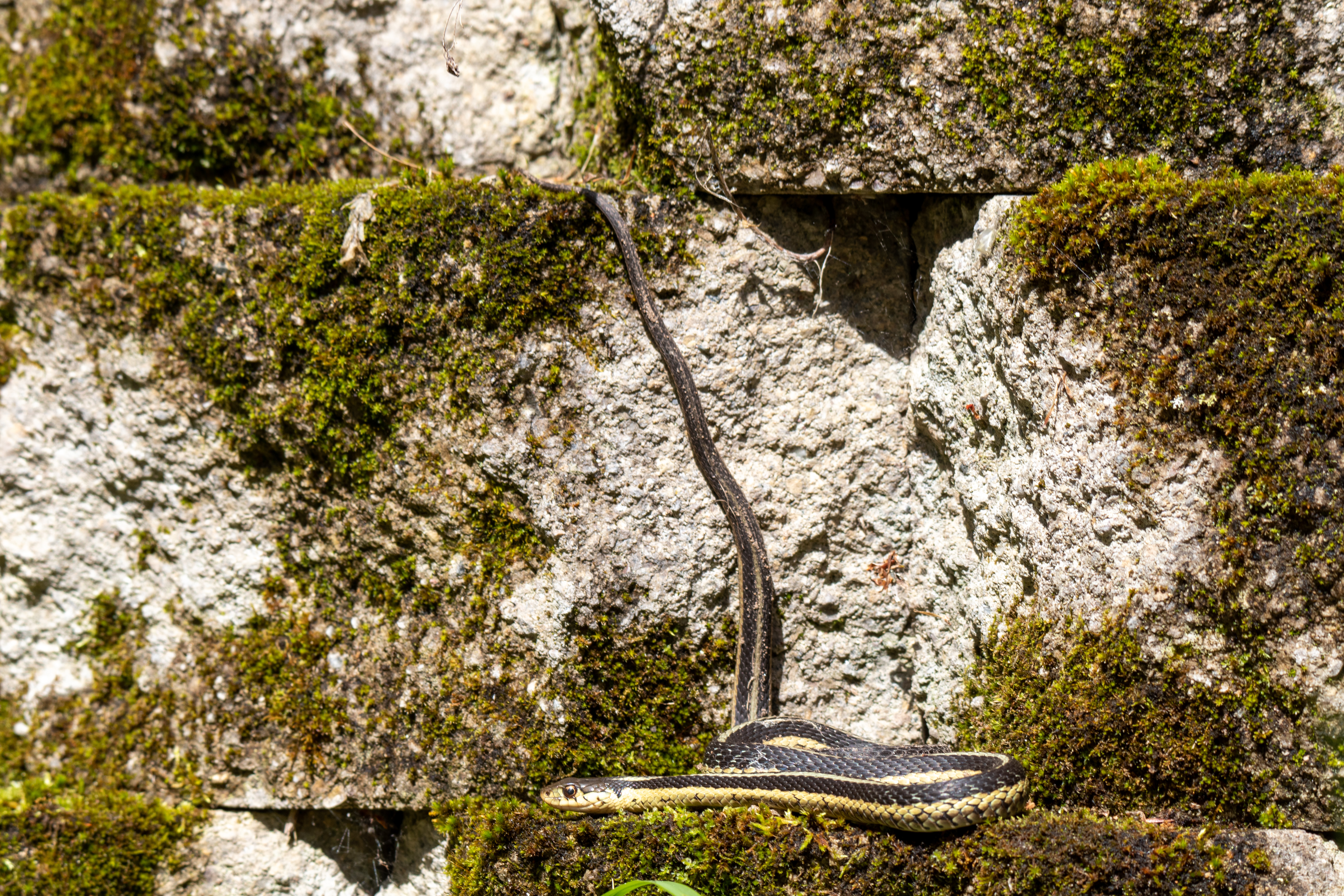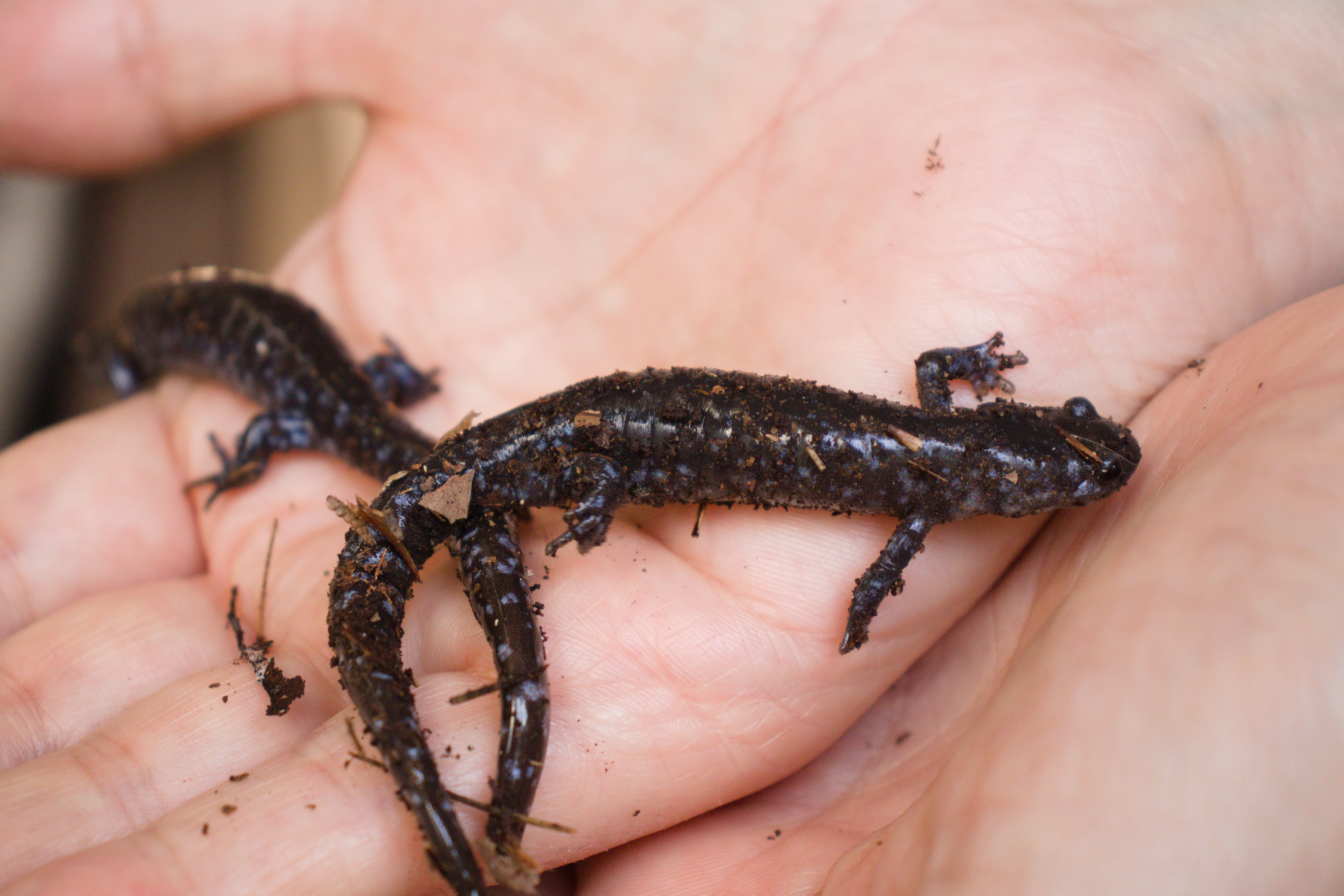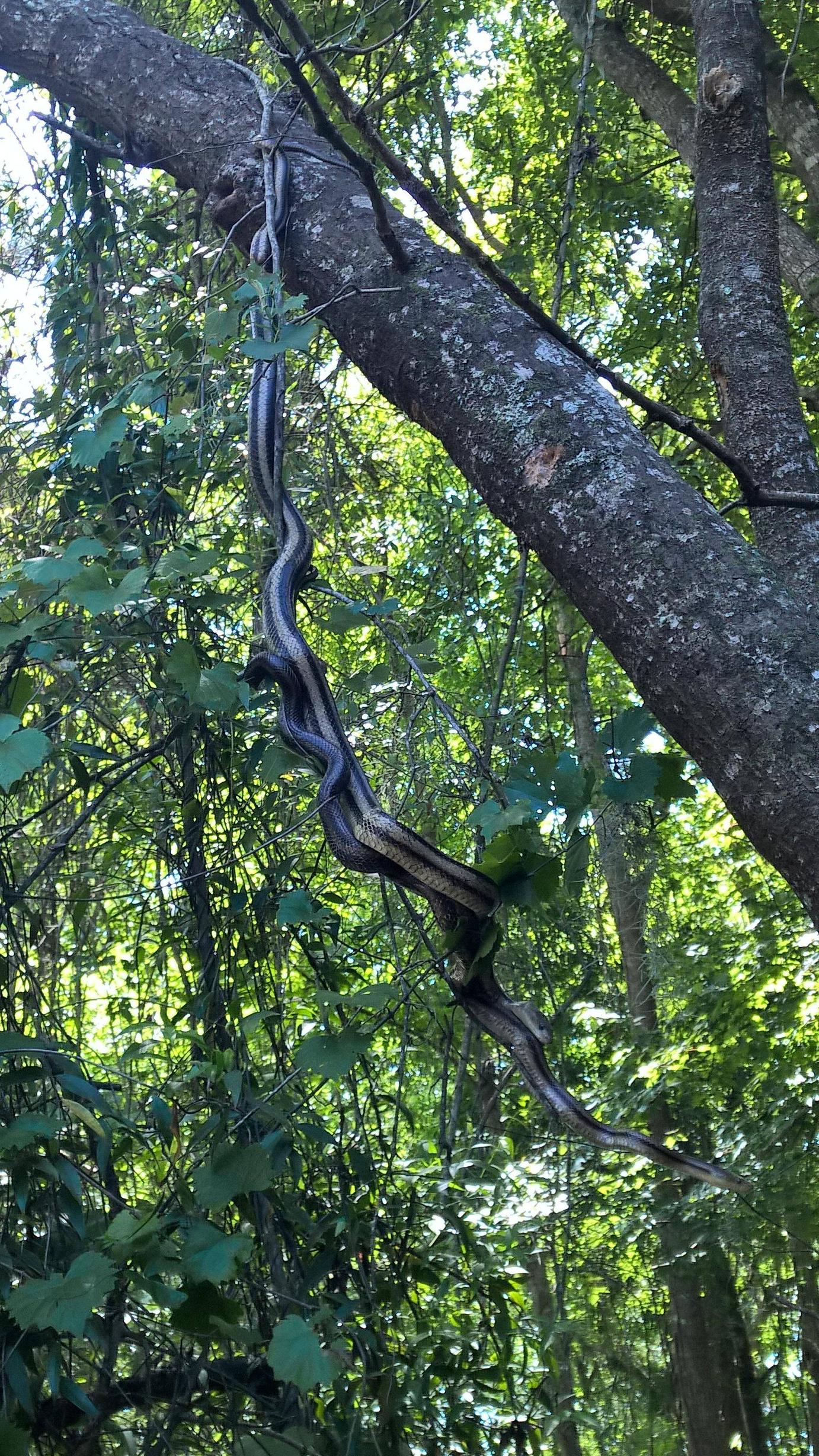26
9
Arboreal or terrestrial: Oviposition site of Zhangixalus frogs affects the thermal function of foam nests
(onlinelibrary.wiley.com)
27
11
The salamander limb: a perfect model to understand imperfect integration during skeletal regeneration
(journals.biologists.com)
28
29
30
31
32
33
34
35
36
16
A new Bolitoglossa (Amphibia, Caudata, Plethodontidae) from the Cordillera Oriental of Colombia
(www.ncbi.nlm.nih.gov)
37
38
39
40
41
42
43
44
45
46
47
48
49
50

